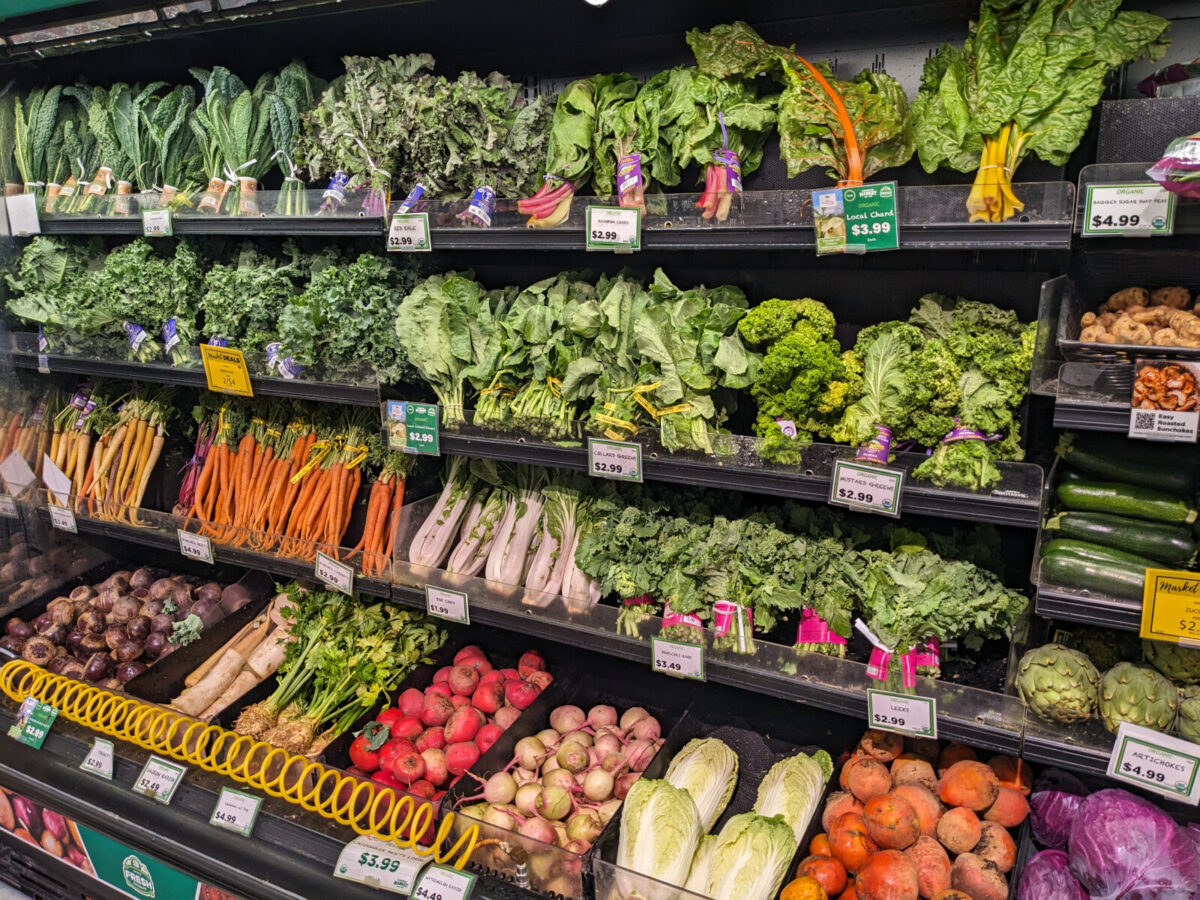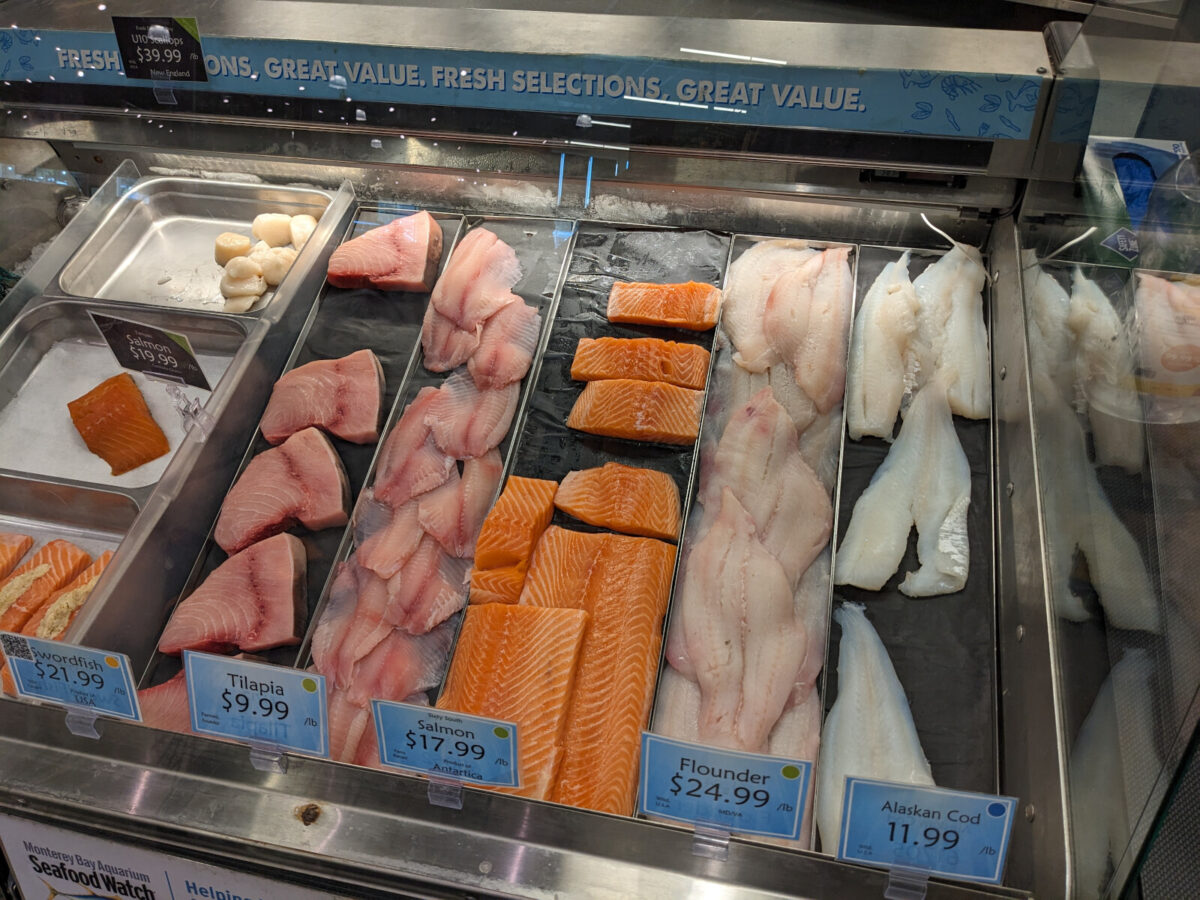The Mediterranean Diet, named for its resemblance to the diets followed by those living in regions around the Mediterranean, is one of the most highly touted diets for overall health and longevity in the world. Not really a diet intended to help you lose a certain number of pounds by a certain date, the Mediterranean Diet is more of a lifestyle; it’s a long-term diet change that has been linked to reduced risks of heart disease, cancer, depression, diabetes, and other illnesses (via Harvard Health and Mayo Clinic).
However, starting a brand-new diet, particularly one that’s not as clear-cut as, say, “just eat 1,200 calories per day” can seem overwhelming. Here are four easy ways to get started with the Mediterranean Diet, and see all the benefits that follow.

1. Focus on Fruits and Veggies
A lot of the Mediterranean Diet is just common sense — eat food that’s good for you and limit foods that aren’t. When following the Mediterranean Diet, the bulk of your food should come from vegetables, fruits, and whole grains.
While some say that, when following the diet, ideally, these food items would be sourced locally, for the freshest and most seasonal ingredients possible, don’t let that stop you from perusing your grocery store’s produce aisle. So long as you choose minimally processed fruits and veggies, you’ll be on your way to realizing myriad health benefits.

2. Choose Your Protein Wisely
The Mediterranean Diet will still allow you to meet all your protein needs, but where that protein comes from may look a little different than your standard diet. The diet limits red meat to a large degree and, instead, focuses on minimally processed dairy, fish, and poultry. Dairy may be enjoyed daily, while fish and poultry might show up in your meals a few times per week.
So, as you get started, think about your protein. Maybe you cook some salmon instead of a burger or swap out the steak on your salad for chicken.
You can also enjoy plant-derived protein, as legumes are a large part of the Mediterranean Diet as well.

3. Limit Added Sugar
Sugary baked desserts are even less of a part of the Mediterranean Diet. Instead, sweet treats focus on fruits and natural ingredients like honey, and anything processed is saved for a special occasion.
So, take a break from the added sugars and keep an eye out for places where sugar might be sneaking into your diet, where you least expect it. Foods like highly processed breads include added sugar, as do highly processed sauces and condiments.

4. Have Fun with Your Food
One of the best aspects of the Mediterranean Diet? There’s a real focus on not just what you eat, but how you eat it. Taking a cue from many Mediterranean cultures, the diet encourages practitioners to share meals in social settings, make dining an experience, and even enjoy a glass of red wine or two with your meal.
You may find that, if you start thinking of food as an experience to enjoy, you might just stop reaching for the quickest, most convenient, and possibly least healthy options.






